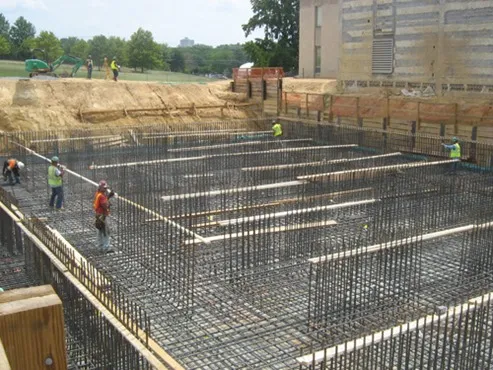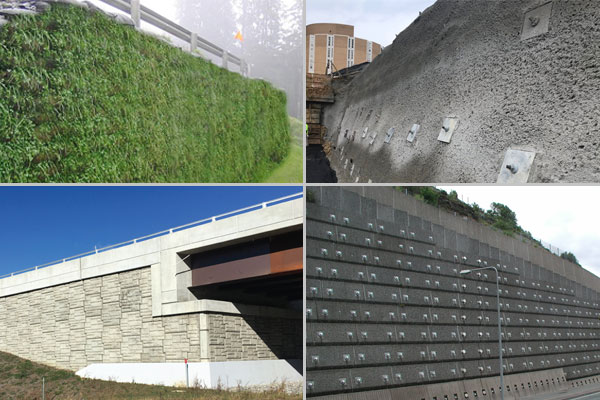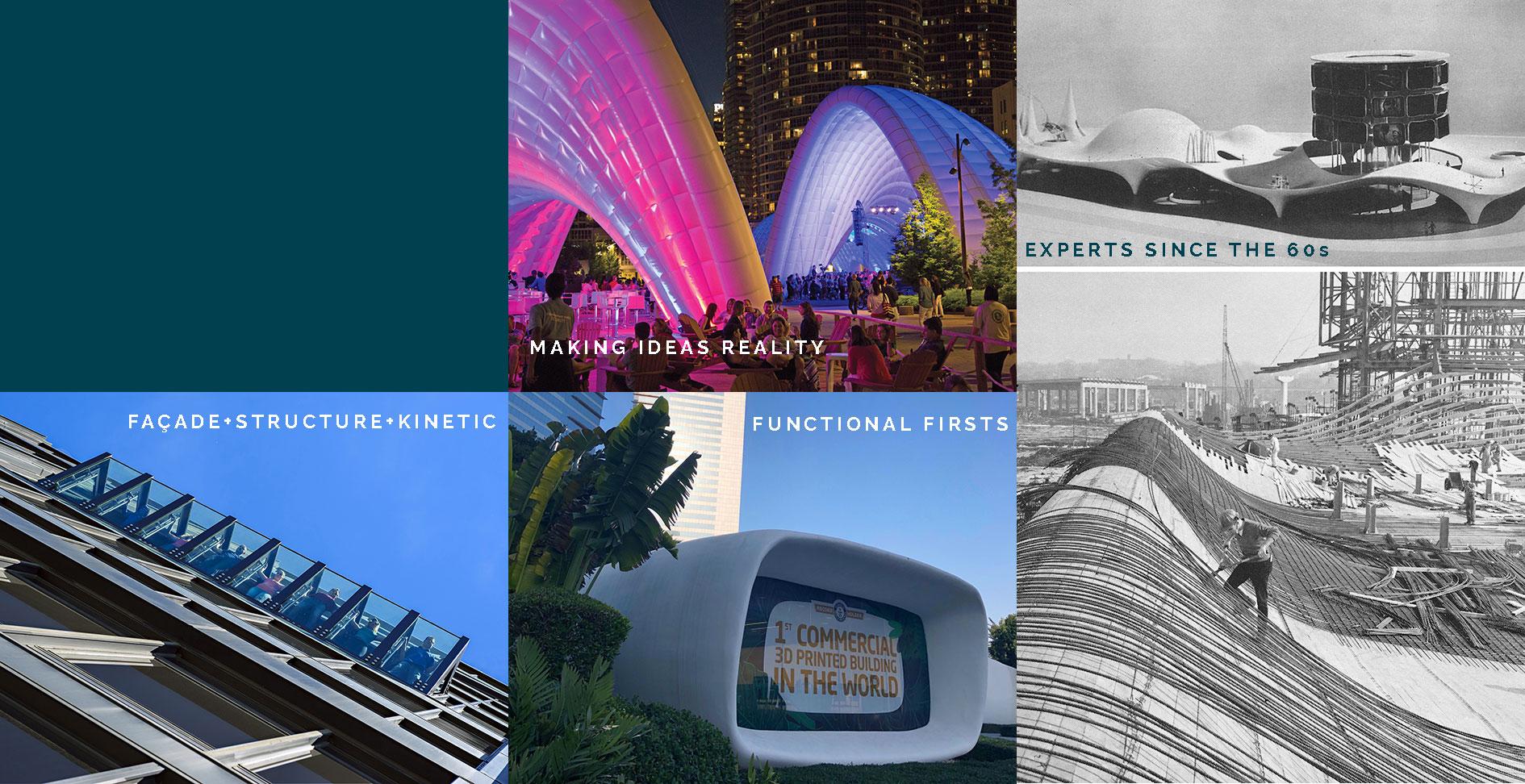In civil engineering, structures can be classified into several types based on their functions, construction materials, and design characteristics. Here are the main types of structures commonly encountered in civil engineering:
1. Buildings

- Residential Buildings: Houses, apartments, and condominiums designed for people to live in.
- Commercial Buildings: Offices, shopping malls, hotels, and other buildings used for business purposes.
- Industrial Buildings: Factories, warehouses, and power plants designed for manufacturing and industrial activities.
- Institutional Buildings: Schools, hospitals, and government buildings that serve public or organizational functions.
2. Bridges

- Beam Bridges: Simplest type of bridge, consisting of horizontal beams supported by piers at each end.
- Arch Bridges: Curved structures that transfer loads through an arch to abutments at either end.
- Suspension Bridges: Use cables suspended between towers to support the bridge deck.
- Cable-Stayed Bridges: Feature cables that directly connect the bridge deck to towers.
3. Roads and Highways

- Urban Roads: Streets within cities and towns.
- Rural Roads: Roads connecting rural areas.
- Highways: Major roads designed for fast, long-distance traffic.
- Expressways: Divided highways with limited access and high-speed traffic.
4. Dams

- Gravity Dams: Use their weight to resist the pressure of the water behind them.
- Arch Dams: Curved structures that transfer the water pressure to the abutments.
- Earth Dams: Made from compacted earth and rock materials.
5. Tunnels

- Transportation Tunnels: For vehicles, trains, or pedestrians.
- Utility Tunnels: For pipelines, cables, and other utilities.
- Mining Tunnels: For accessing underground mineral resources.
6. Water and Wastewater Structures

- Water Treatment Plants: Facilities for purifying water for drinking and industrial use.
- Wastewater Treatment Plants: Facilities for treating sewage and industrial waste.
- Reservoirs: Storage areas for water supply.
7. Marine Structures

- Ports and Harbors: Facilities for ships to dock and transfer goods and passengers.
- Offshore Platforms: Structures for oil and gas extraction from the seabed.
- Breakwaters: Structures protecting harbors from waves.
8. Transportation Infrastructure

- Airports: Runways, taxiways, terminals, and control towers.
- Railways: Tracks, stations, and bridges for trains.
- Subways and Light Rail: Underground or surface transit systems.
9. Foundations

- Shallow Foundations: Spread footings and mat foundations close to the surface.
- Deep Foundations: Piles and caissons extending deep into the ground.
10. Retaining Structures

- Retaining Walls: Structures that hold back soil or rock from a building, structure, or area.
- Gabions: Cages filled with rock or concrete used for retaining soil.
11. Special Structures

- Stadiums and Arenas: Large venues for sports and entertainment events.
- Telecommunication Towers: Structures for supporting antennas and broadcasting equipment.
- Monuments and Sculptures: Significant cultural or historical landmarks.
Each type of structure has its unique design considerations and construction methods tailored to its specific function and the environmental conditions it must withstand. Civil engineers must understand these various types of structures to design and build safe, efficient, and sustainable infrastructure.

